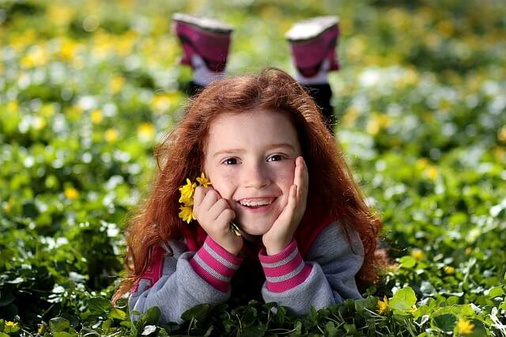Pour déterminer la présence de toxiques dans le corps, il existe toute une série de méthodes : l’analyse du sang par une prise de sang sur sang total, la morathérapie, la kinésiologie, etc.
L’analyse des cheveux en est une autre plus connue des médecins légistes parce qu’elle permet de détecter des traces d’éventuel empoisonnement. Cependant, nul besoin d’être mort pour pratiquer ce type d’analyse. Cette expertise de cheveu d’une personne vivante permet d’évaluer son taux « d’empoisonnement » vis-à-vis de substances toxiques, substances que nous côtoyons au quotidien.
Au début de l’année 2014 et pour la première fois en France, une association « Générations Futures » a fait analyser par un laboratoire indépendant des mèches de cheveux de 30 écoliers âgés de 3 à 10 ans vivant ou allant à l’école dans des zones agricoles. Les prélèvements, faits par les parents, ont été réalisés entre octobre et décembre 2013 et les analyses réalisées début 2014. La recherche a porté sur 53 pesticides suspectés d’être des perturbateurs endocriniens (PE). Cette démarche a permis d’évaluer avec précision le niveau d’imprégnation de certains pesticides et autres produits phytosanitaires de ces enfants.
Le résumé des résultats montre qu’il y a bien de quoi s’affoler
- Une moyenne de 21,52 résidus différents de pesticides (PE) par enfant.
- -La trace de 35 pesticides PE sur les 53 apparaît au moins une fois parmi les enfants du groupe, soit une fréquence de 66,03 %.
- 13 substances sur 53 dans tous les échantillons. Parmi ces 13 toxiques, il y a de nombreux produits interdits en usage agricole en France depuis des années et d’autres autorisés pour des usages domestiques ou vétérinaires.
Le porte-parole de « Générations Futures », François Veillerette déclare : « La présence de plus de 21 substances pesticides PE en moyenne dans les cheveux analysés montre bien que dans la réalité nos enfants sont exposés à des cocktails importants de ces substances ».
Certains spécialistes affirment que ces traces de pesticides ne sont pas forcément synonymes de danger pour la santé puisqu’elles sont présentes à des doses infinitésimales.

Mais comme rétorque de manière très censée François Veillerette à cette argumentation quelque peu légère du point de vue scientifique :
« Ce n’est pas tellement la dose qui pose problème, mais l’accumulation de pesticides et l’effet cocktail ».
Même si l’association reconnaît qu’on ne peut pas considérer ces résultats et cet échantillon d’enfants comme représentatifs de l’exposition moyenne de l’ensemble des petits Français, elle estime qu’il y a malgré tout une urgence quant au fait de protéger les populations sensibles et à risque.
Personne ne sait les conséquences physiques ou physiologiques que peuvent engendrer sur le long terme l’accumulation de doses infinitésimales au cours des ans et la recombinaison de ces milliers de molécules différentes.
Ce n’est pas tant l’interdiction des épandages en journée pour protéger… les abeilles ou la diminution de l’usage domestique ponctuel des bombes insecticides et des produits antiparasitaires que les autorités pointent du doigt qu’il faut recommander, mais bien des mesures beaucoup plus drastiques à grande échelle.
Ainsi rapidement si nos gouvernements et nos commissions se souciaient réellement de la santé de la population.
Mais au vu des enjeux financiers et de l’énorme pouvoir des lobbys, pensez-vous réellement que de telles lois puissent être votées et mises en place ?



